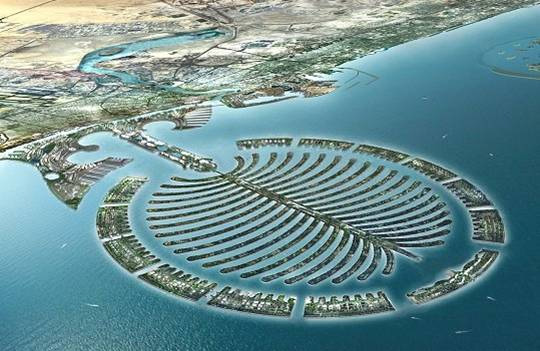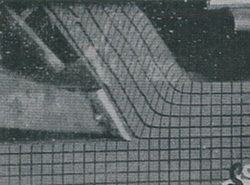Dredging Engineering
Large volumes of sediment are displaced nowadays using different types of dredging equipment. Especially the last decade, large land reclamation projects attained global attention. Examples of these enormous projects are the new airports in Hong Kong and Singapore, the large land reclamations for ports and industry in Singapore and very recent the spectacular projects in Dubai like the palm Islands and “the World”. All Dredging processes involve slurry flows and are dominated by erosion, transport and sedimentation under special hydraulic conditions.

These large volumes of sediment can only be displaced economically by properly designed equipment. To design dredging equipment, one first has to understand the processes involved.
The dredging process can be divided into the following Phases:
- Excavation
- Vertical Transport
- Horizontal Transport
- Deposition / sedimentation
The boundary conditions for the design process must follow from numerical models developed for these dredging processes. A continuous improvement or developing new models is however important because the recent developments like the increased scale, larger waterdepth and more sustainable development (energy consumption and environmental regulations). These models are often based on experimental research. For this purpose the section has a laboratory available with a slurry circuit (see facilities). Apart from in our own laboratory research is carried out as well in facilities of the industry since all research programs are carried out in close cooperation with the dredging industry.


Apart from the above mentioned unique fundamental research more applied research is carried out for special dredging equipment or dredging applications. For instance design of excavating equipment working in very deep water (2000 m).
Management assistant of the Section Offshore and Dredging Engineering
Pauline de Ruijt-Franke
- +31(0)15-2782889
- A.C.M.deRuijt-Franke@tudelft.nl
-
34.B-3-250
Present: Monday morning, Tuesday and Wednesday
